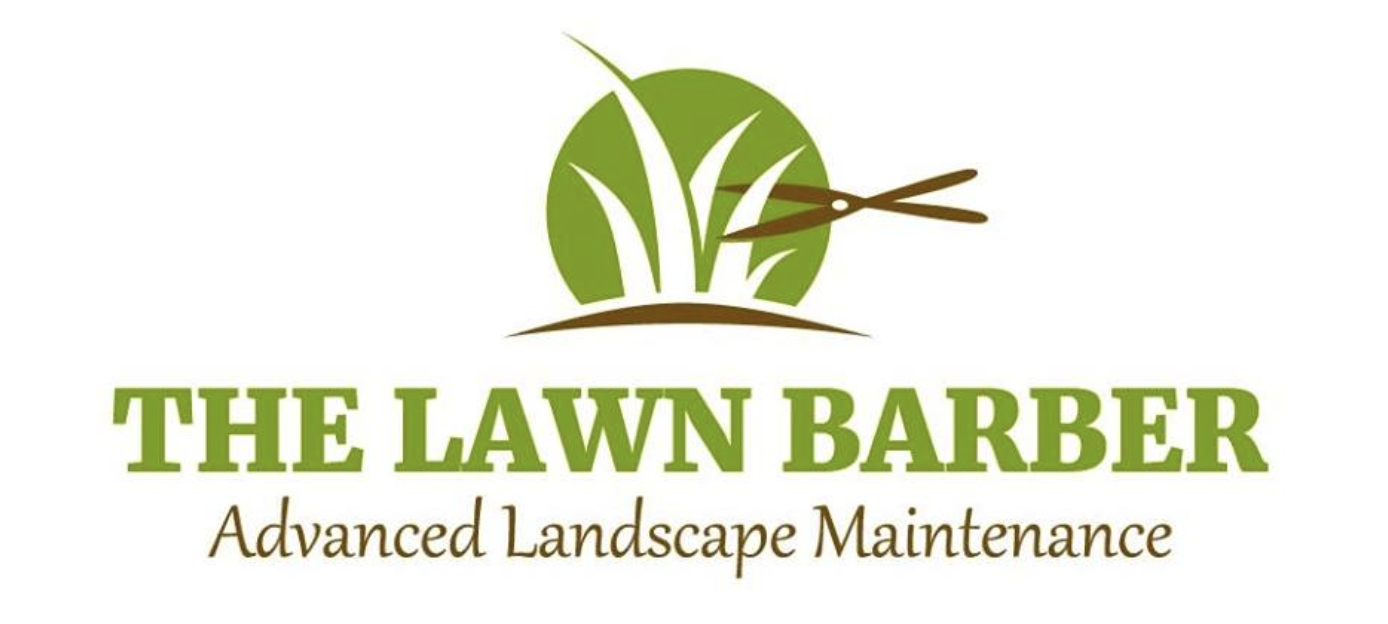Follow Us x
HOA Lawn & Landscaping Rules
Serving Northern Colorado Communities for over 15 years. Contact us to get a quote, today!
HOA Landscape Rules Have Changed
Did you know that in 2015 the state of Colorado created some new HOA Landscaping Rules? If you are responsible for HOA management providing lawn care, this bill may interest you.
Senate Bill 183 ensures that HOAs do not needlessly require homeowners to maintain water-dependent landscaping. Among other things, the bill allows homeowners to use various grasses in landscaping. Thus, they are no longer tied to turf grass.
But HOAs can still adopt and enforce design guidelines regarding drought-tolerant vegetative landscapes. The law allows you to regulate the type, number, and placement of drought-tolerant plantings.
So what does this mean for your HOA and the look of the lawns? Are your community members planning to remove thirsty turf in their privately maintained areas? You can certainly suggest grasses that will thrive and continue to keep your community attractive.
Communal Area Changes?
If the community members want you to change the grasses in the communal use areas, you have several very good options that will look handsome and require less watering.
Until now, Kentucky Bluegrass has been the lawn of choice in Northern Colorado. A mix of five or more varieties (cultivars) of this grass will ensure a good-looking, lush lawn. Moreover, this grass tends to grow well despite poor soil or poor maintenance. (Although these conditions will most likely encourage insect, disease and weed problems.) On the other hand, carefully managed bluegrass, nourished with improved soil and adequate care, can be surprisingly drought-resistant.
Ready for New Grass?
There are other grasses you can consider trying to help save money on the water bill, and to help conserve our valuable water.
Greeley lawn care expert Kannon Parks, owner of The Lawn Barber, says there are several alternative, low-maintenance turfgrasses you can plant instead.
However, he stresses that no turfgrass is completely maintenance-free. No matter what you plant, it will still need water, mowing and fertilization if you want decent turf.
But before you despair, ask yourself the following questions. The answers should point you towards a suitable grass for your needs.
- What purpose will this turf serve? As a thick green lawn that enhances all the grounds, or serves as a place for the kids to play? And will those be little kids, or teens and adults play volleyball or other games on the lawn?
- How much turf do you really need and how quickly must it be useable?
- What's your soil like? Does it drain well? How much soil prep will you need, and how much are you willing to do?
- How much maintenance are you willing to provide? Each grass species has its own needs.
- Is the area shady or sunny? Will any young trees in the turf areas grow and cast heavy shade on the lawn?
Now Consider These Grasses
There are drought-resistant grasses that have been bred over the past decade or so that can now be used as turf grasses.
Tall Fescue
This is cool-season pasture grass has been intensely bred, creating many "turf-type" tall cultivars. You do need well-prepared soil because much of Northern Colorado's soil is compact, heavy clay. Fescue is shade tolerant, has few pest problems and doesn't thatch. Newer cultivars better withstand foot traffic and have been bred to be more easily mowed.
An advantage of Tall Fescue lawns is that they can easily be overseeded when the lawn gets thin or starts getting bunchy in appearance. Bunching is often the result of extreme summer heat, disease or insect damage. Adding new cultivars can improve the lawn and help high density. Some newer varieties rapidly repair themselves when damaged.
Fine Fescue
This family of narrow-bladed grasses does well in shade or in poor soil. Fine Fescues are somewhat drought-tolerant but can be weakened by very high temperatures. They may need extra water in extended heat waves lasting more than a week. You will need to watch for thatching, and definitely, have your lawn core aerated once or twice a year to maintain its health.
Crested Wheatgrass
This grass makes decent turf and can be combined with Smooth Brome and Western Wheatgrass for an attractive lawn. Although fairly drought-tolerant, this combination browns if not watered in the summer heat. The good news is that a watering brings it back quickly. For best results, improve your soil first. These grasses can be less productive in heavy clay soils.
Blue Gramma Grass
Hearty to 30 below zero, this grass does well in Colorado. It's highly drought resistant and doesn't mind the full sun. When mowed frequently, it can create a soft, inviting lawn.
Buffalo Grass
Native to North America, this grass is active and green only between May and October. But it turns an attractive straw color the rest of the year. Very drought tolerant, it needs only modest fertilization and will flourish even with long hours of direct sun. It goes dormant to avoid drought stress but comes back with water.
The Lawn Barber works with HOAs and commercial properties, as well as homeowners, to help keep lawns and landscapes looking good. When you're ready to change over to more drought resistant grass, call us. Our Greeley & Loveland, CO lawn service can help you decide what would be best for your green spaces and your budget. Contact us anytime.

